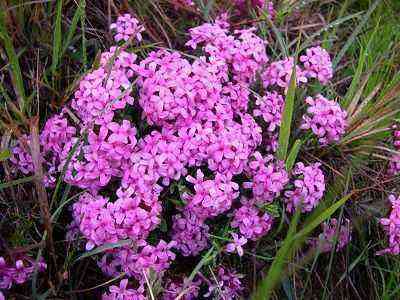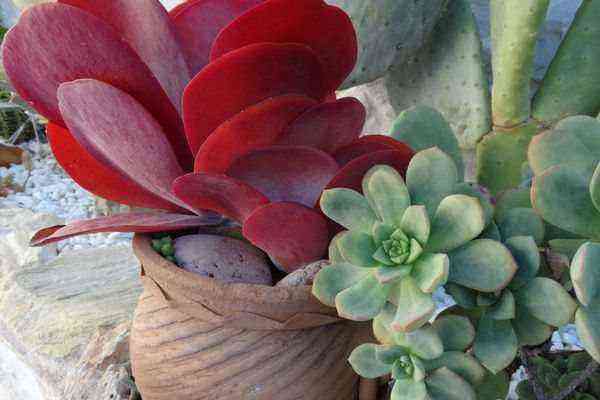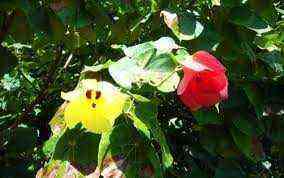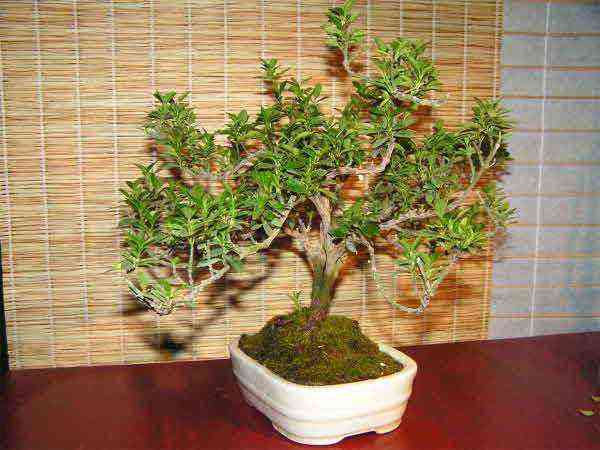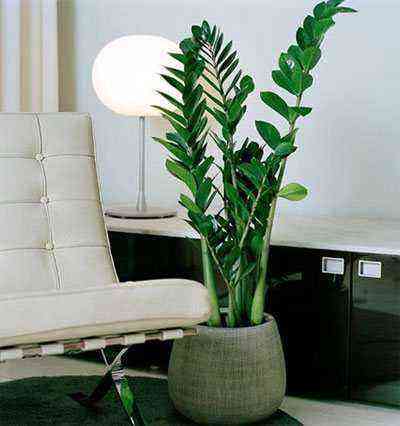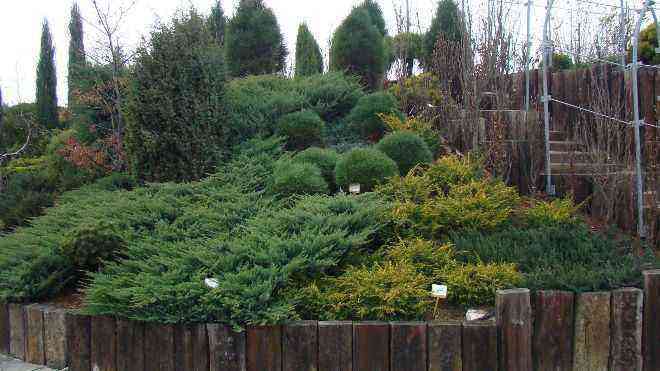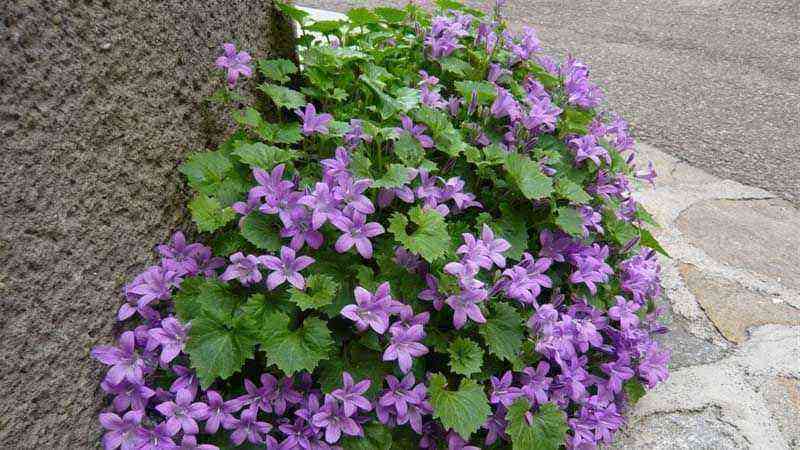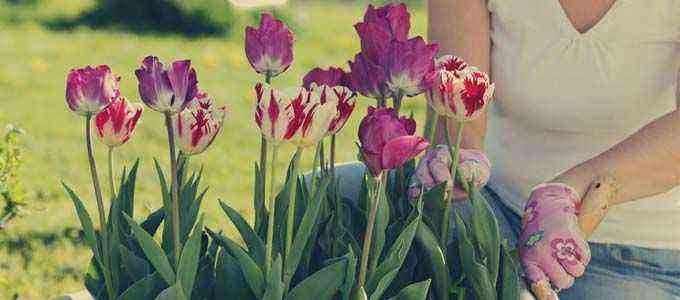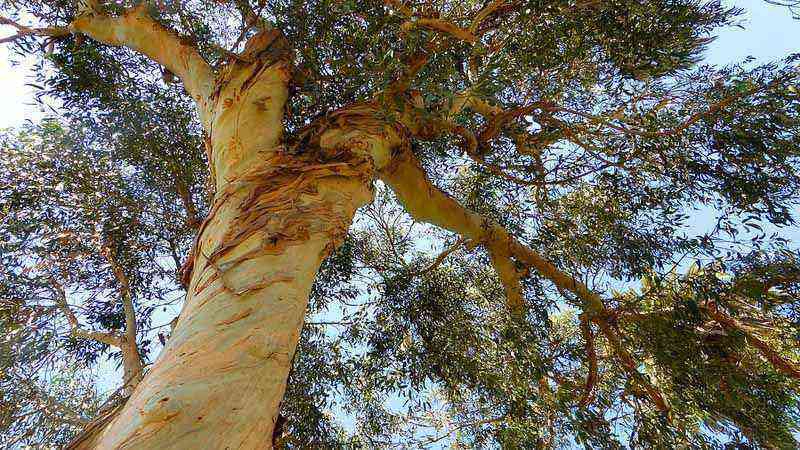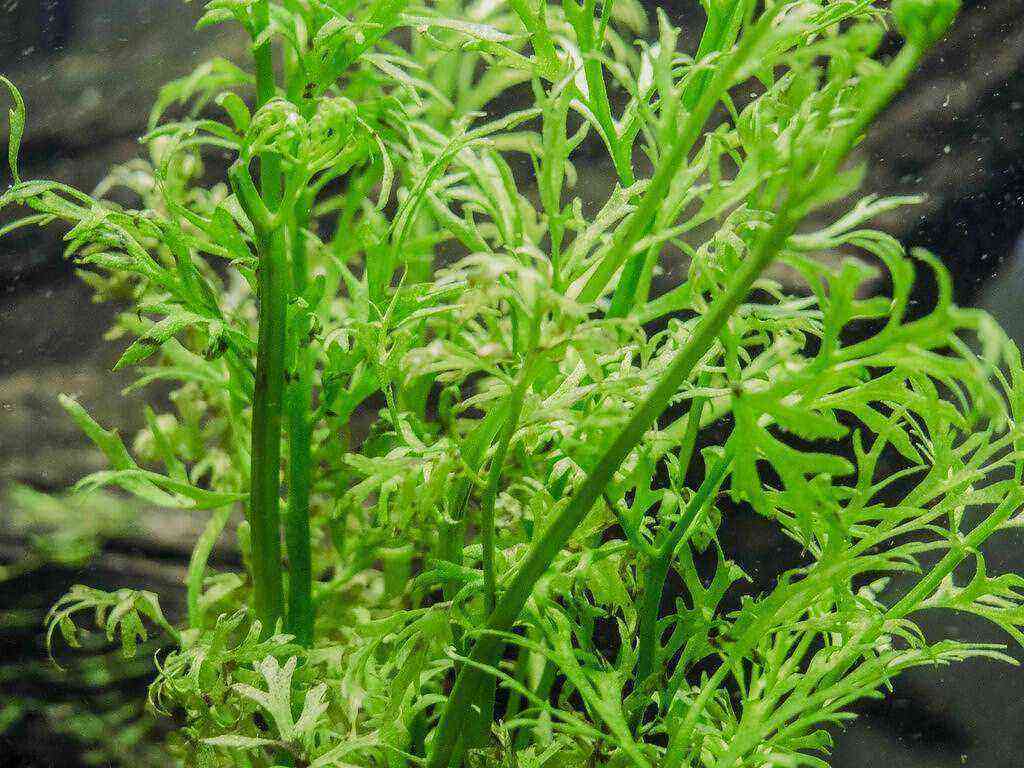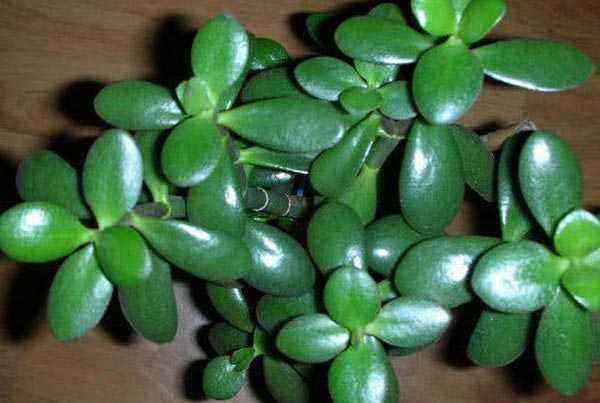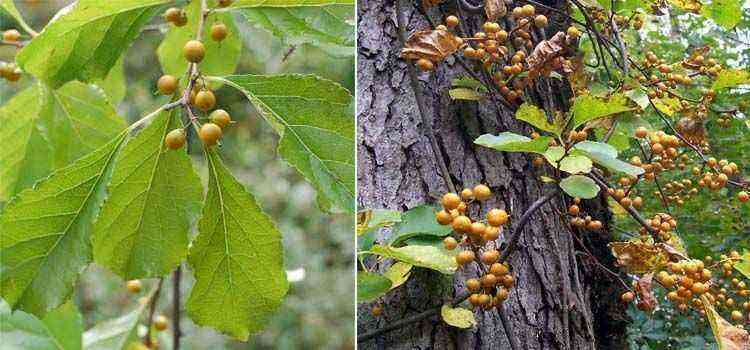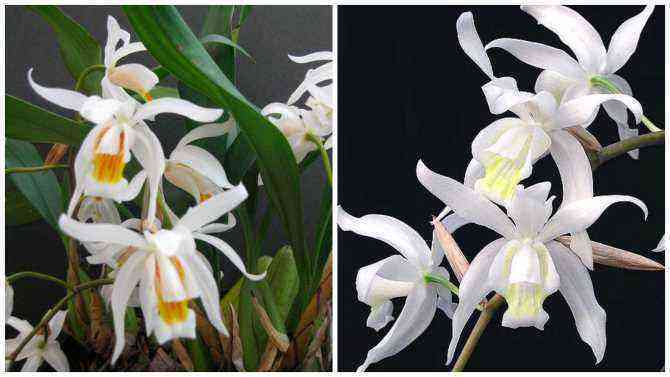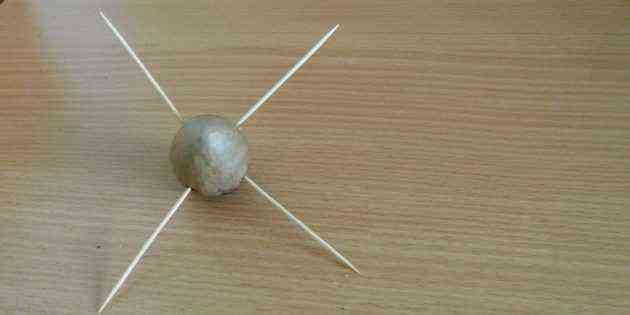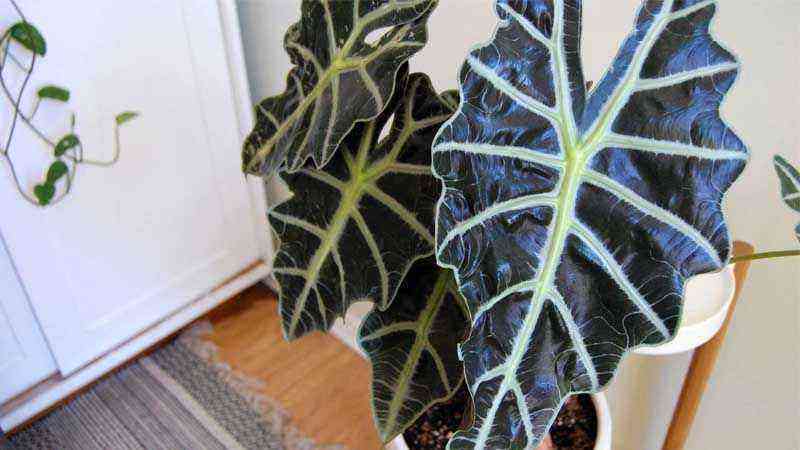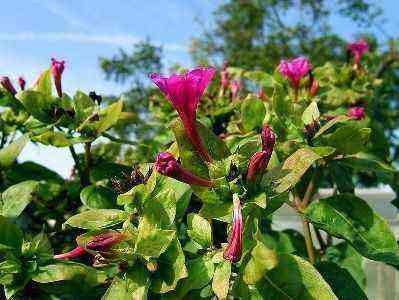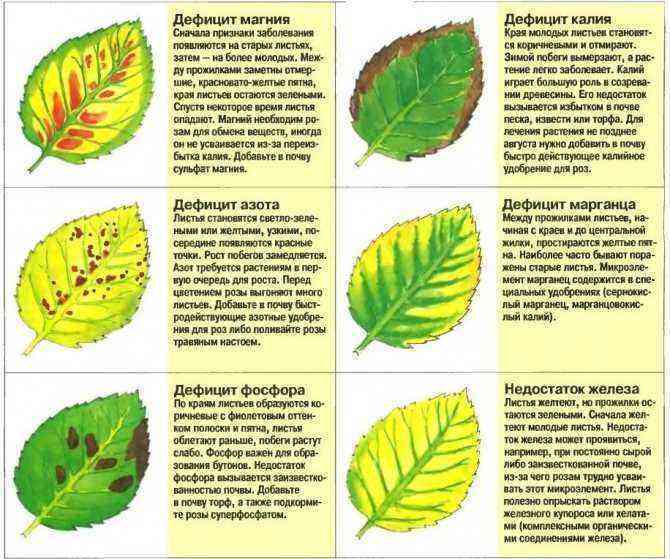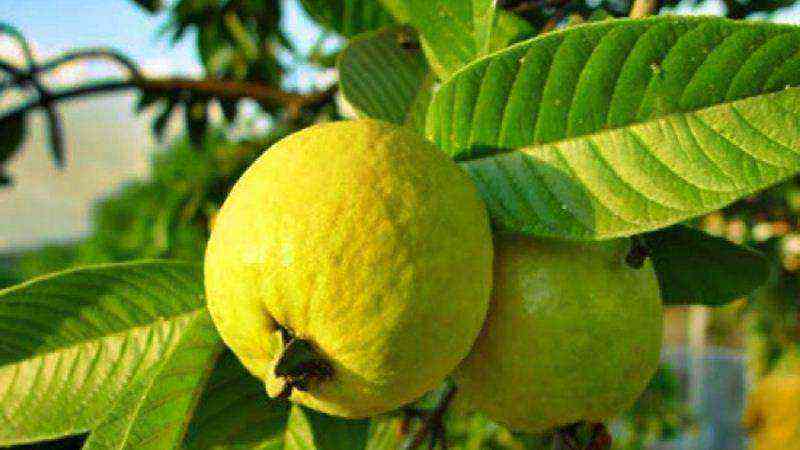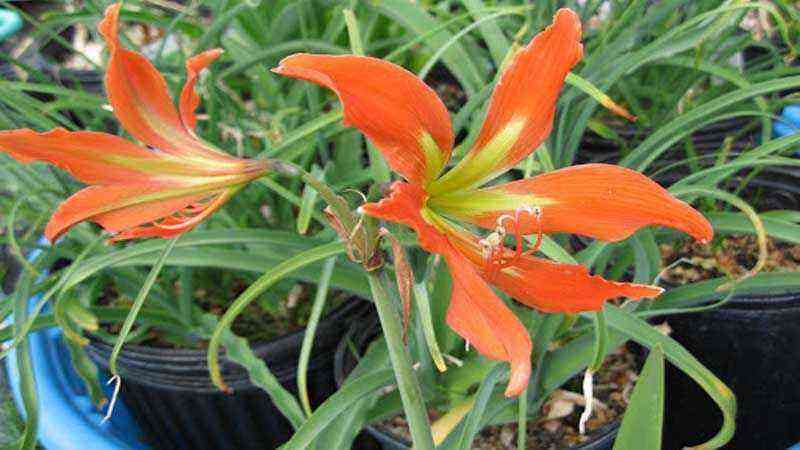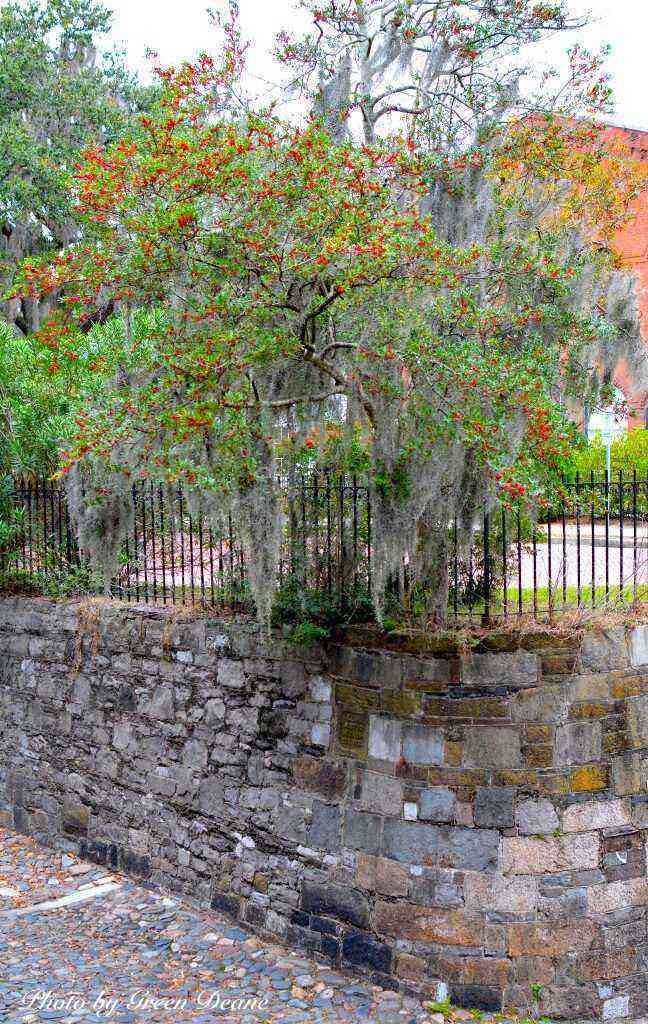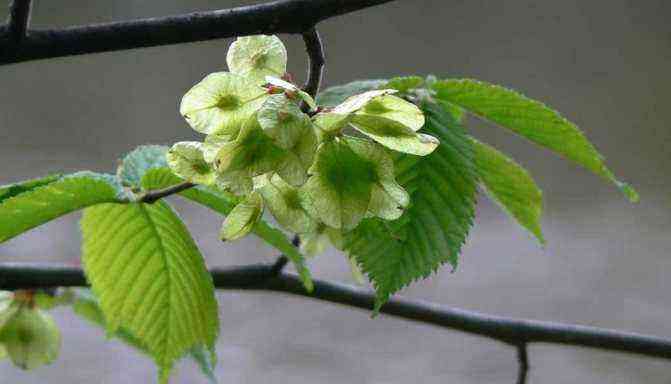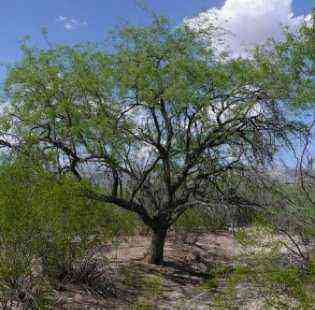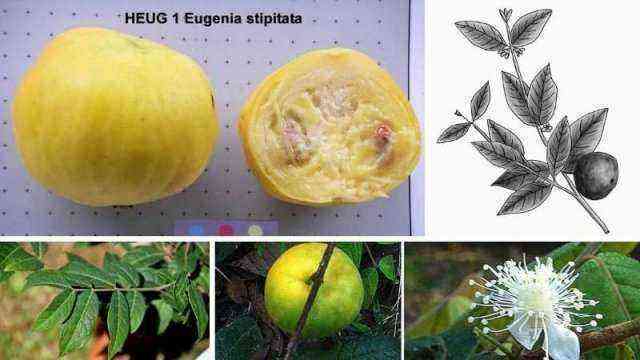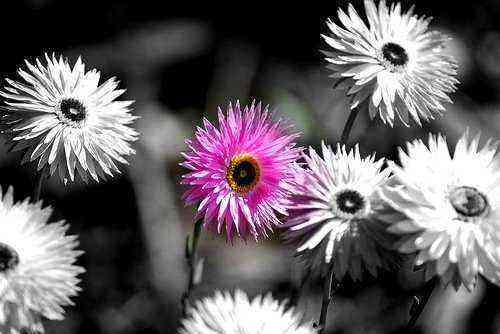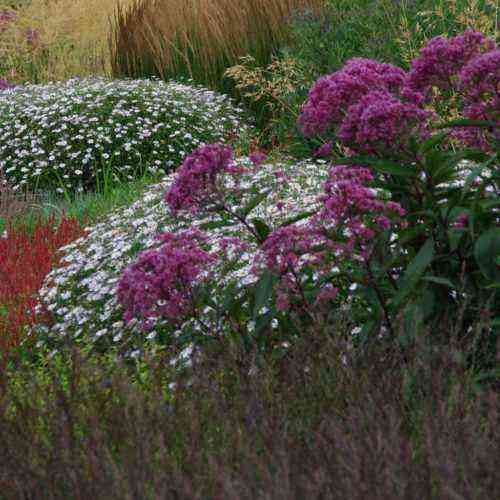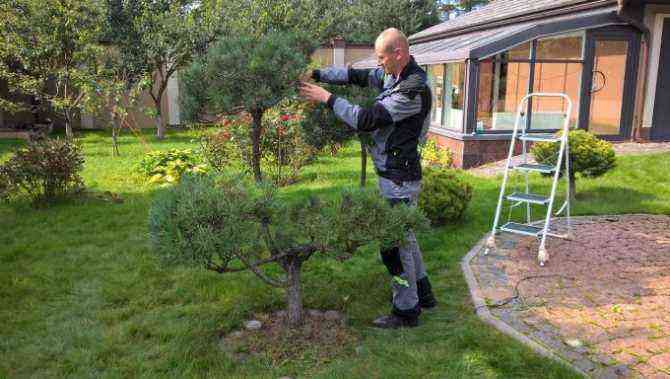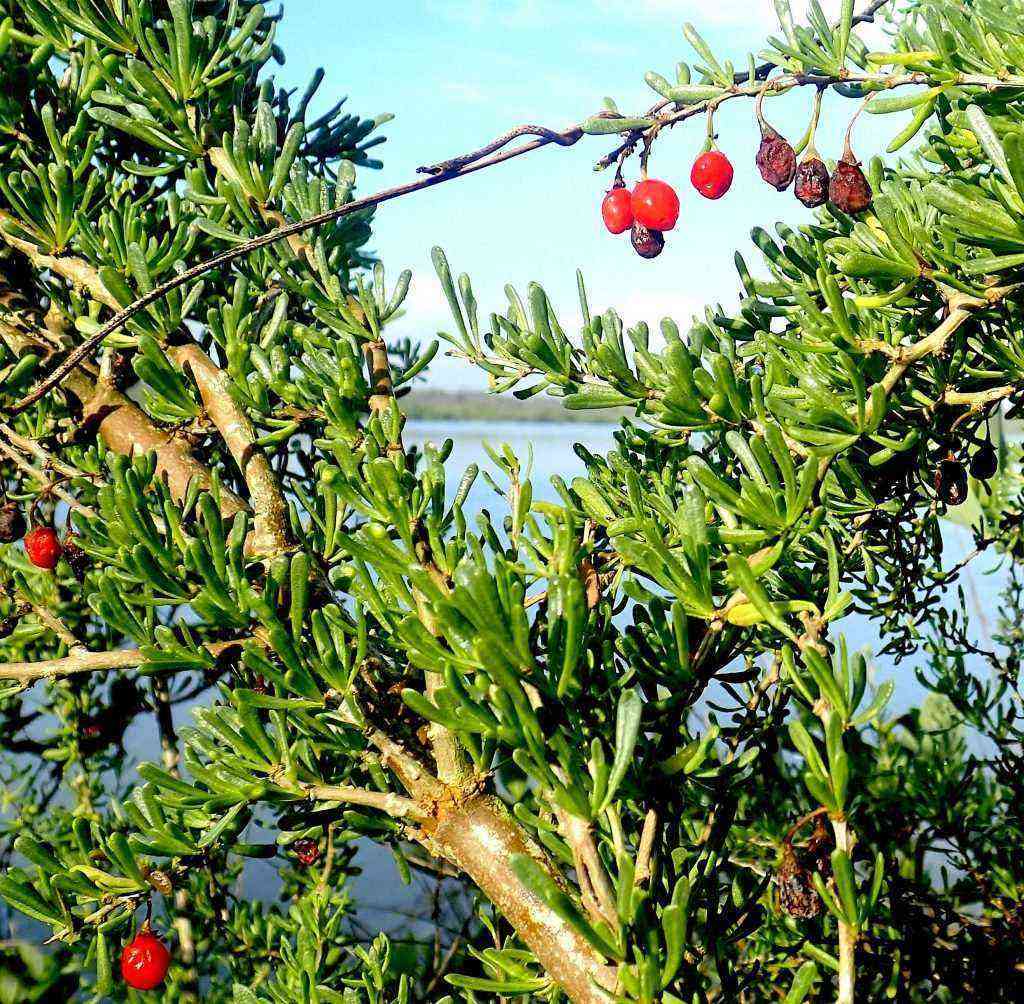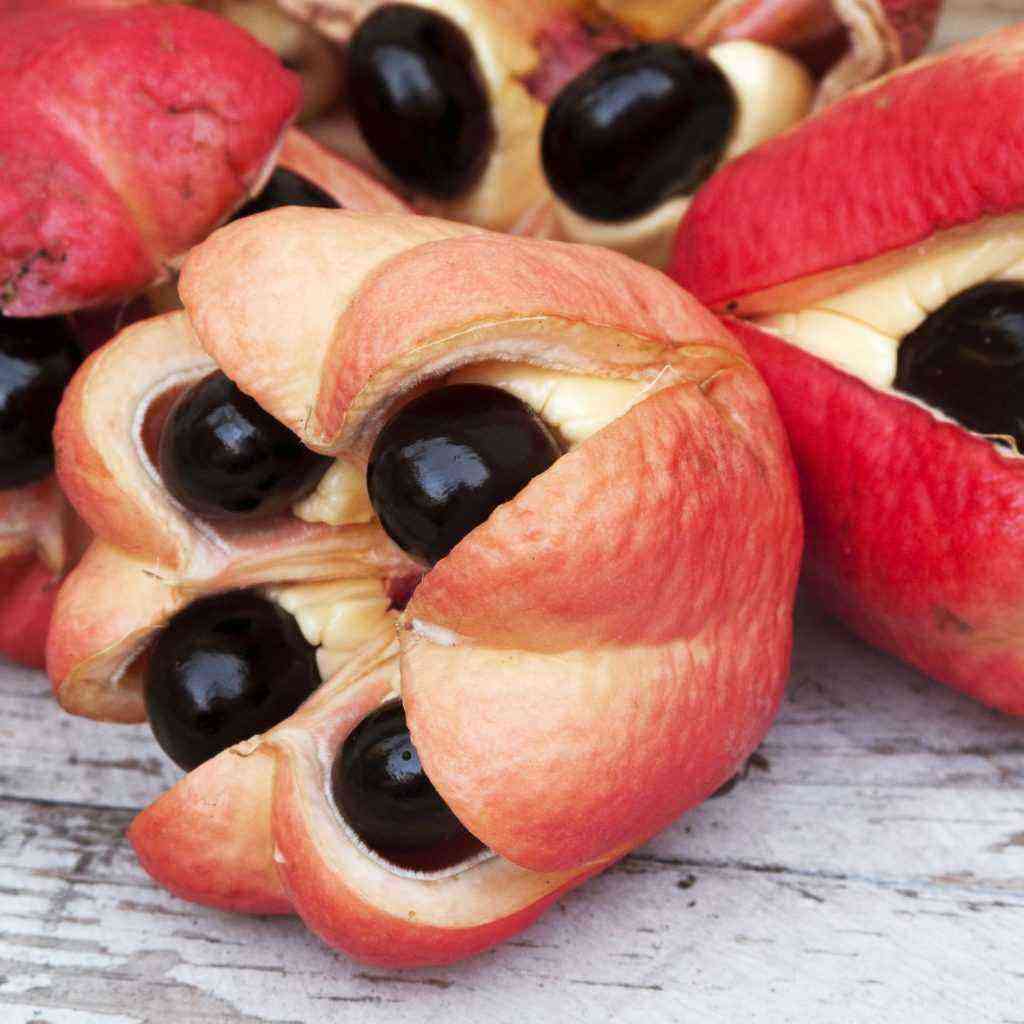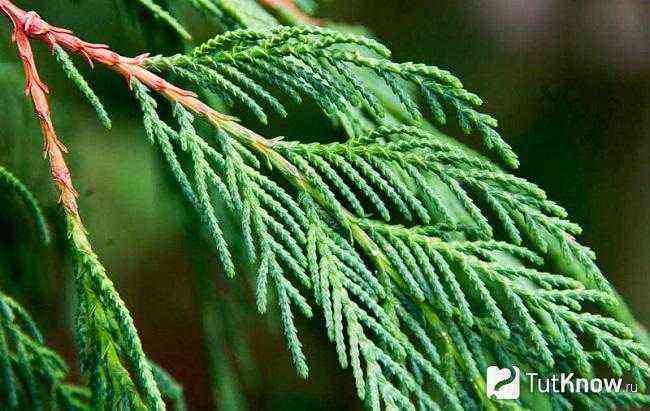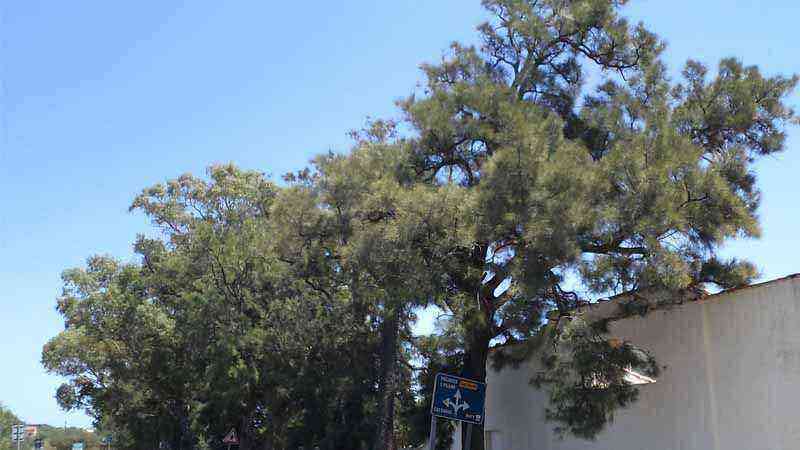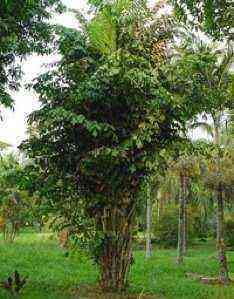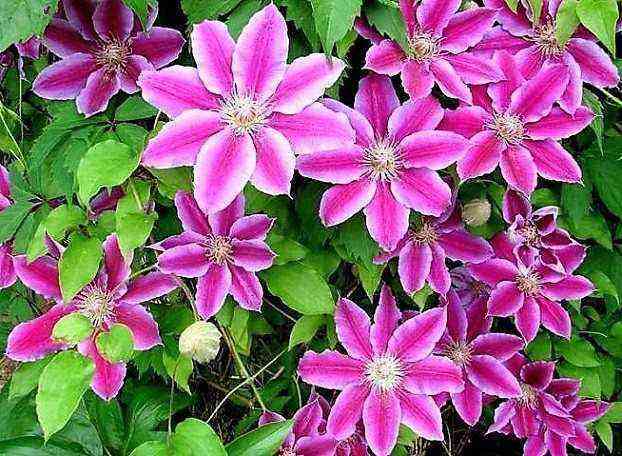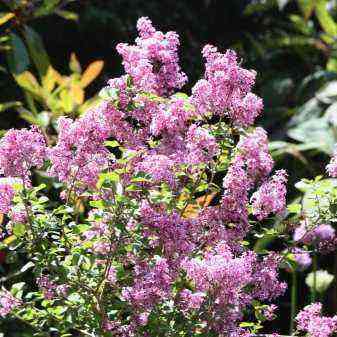Senecio is a genus of herbaceous and shrubby plants in the family Asteraceae more than 4000 described species ranging from aquatic plants, stem, perennial, deciduous, succulent and even shrubs or small trees.
The species of this genus are so many and so varied and different from each other that it would be impossible to address them all in the same article. In these lines we will try to collect the best known and popular species. This group includes types of plants for ornamental use to grow indoors or outdoors and that we will divide into three large groups.
Group 1: Senecio cruentus
We collect this single species in a group for being one of the most popular and well-known of the Senecio genre. In addition to having many varieties, they are called “seasonal plants”, since they are usually bought in nurseries just before spring to enjoy their flowering and only live one year or cycle.
It is very appreciated as an indoor plant, cultivated in pots or in flower beds and also in outdoor planters. Its ornamental value lies in its abundant and spectacular flowering, which fills any corner of the house or garden with color.
Its leaves are large, thick and soft to the touch. They grow at the base of the plant and are heart-shaped with dark green, jagged edges.
They bloom in early spring, grouped in chapters similar to daisies. There are different colors ranging from white, purple, pink, blue or bicolor, combining two different shades in the same flower.
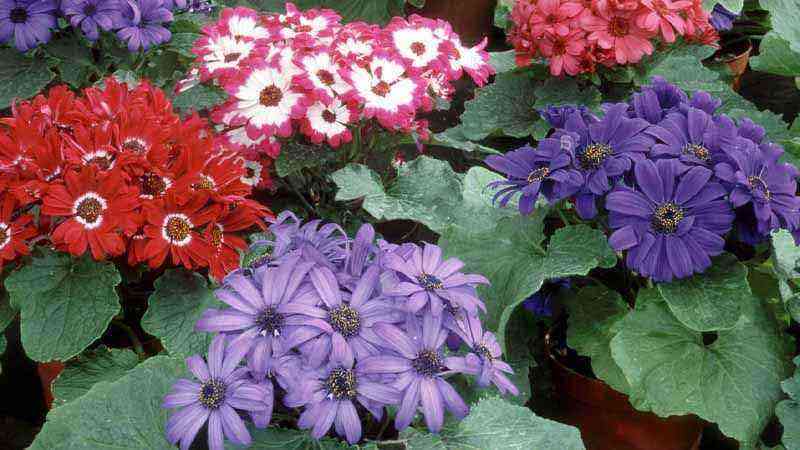
Senecio blood-flowered dwarf
Most known cultivars of Senecio cruentus
Senecio cruentus grandifiora
It reaches about 50 cm high, with large flowers that grow in double chapters, generally they are bicolor combining white with other shades.
Senecio blood-flowered dwarf
It is between 25 and 30 cm high, it is very compact and has small flowers that grow very tightly throughout the plant.
Senecio cruentus Star
It differs from the rest because its flowers are star-shaped. The plant has a height of between 50 and 80 cm tall.
Care of senecio cruentus
Location
Senecio needs to be in a bright environment but indirectly and with a mild temperature that does not exceed 15 degrees so that the flowers do not wither too quickly.
To consider: can’t stand cold air.
Substratum
They appreciate a fertile substrate mixed with sand or perlite so that it has good drainage. Ensuring good drainage and minimal fertility, something that can be easily achieved using any universal substrate or worm castings.
Irrigation characteristics
Irrigation it must be abundant but always waiting for the soil to be completely dry between each watering and avoiding wetting the flowers.
Group 2: senecio succulents
The succulent Senecio are generally small plants, ideal for growing in pots, alone or creating compositions with different varieties. They are also perfect as cover plants or ground covers in dry areas of gardens.
They withstand drought very well since their thick leaves retain a large amount of water inside.
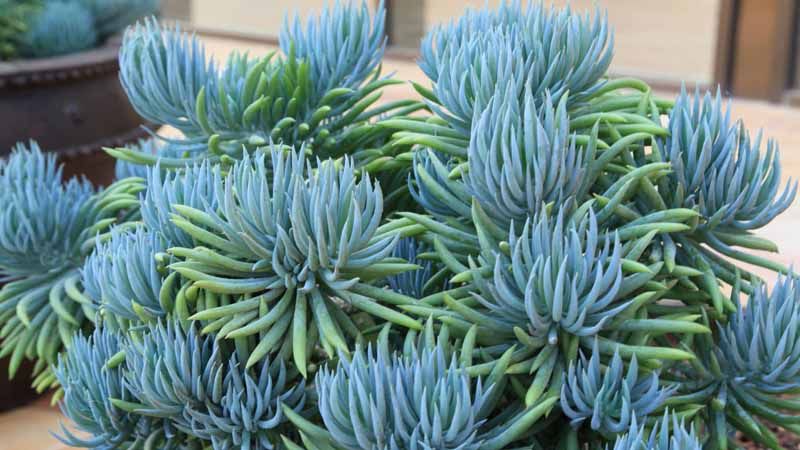
Senecio mandraliscae
Succulent senecio species
Among the species of Senecio that are succulent, we can find, among many others, the following:
Senecio mandraliscae
Known as blue balsam, it is characterized by its fleshy, cylindrical leaves with pointed ends and a showy bluish-green color. In gardens it is excellent as a creeping plant to upholster the ground and in pots its bearing is hanging.
Senecio rowleyanus
Known as the rosary plant, it looks really peculiar. With a pendant bearing, its leaves are small green balls that give it the appearance of a necklace or a rosary. Although they are originally creeping plants, due to their showiness, they are used ornamentally as a hanging plant in pots.
Senecio radicans
It is popularly known as string of bananas. It is a very striking plant, with a hanging shape, its leaves, in the shape of a half moon, look like small bananas. It is excellent as a hanging plant, its stems can measure up to a meter in length and grow very fast. It produces small flowers that smell like cinnamon.
Senecio Haworthii
It has beautiful leaves that are striking because they are white thanks to the hairiness that covers them. They are cylindrical and arranged vertically and in tight clusters.
Senecio crassissimus
This succulent can form very broad and erect shrubs that reach up to 70 centimeters in height. Its elongated and fleshy leaves are very showy, grayish-green with purple edges.
Succulent Senecio care
Location
They like to grow in hot climates, although they bear the cold well if it is not very long. They prefer to be in semi-shady areas, although some varieties support full sun.
Substratum
Any universal substrate is suitable, as long as it is provided with good drainage. Its roots rot in the waterlogged earth.
Irrigation characteristics
Being plants that tolerate drought very well, they need very infrequent waterings, the ideal is to water when the substrate is completely dry.
Group 3: senecio climbers
Its fast growing herbaceous plants, with thin and long stems that make them climbing plants, excellent for creating trellises or separating hedges. For its evergreen character, remain green throughout the year, acquiring a touch of color during flowering that is usually very abundant.
There are six climbing species of the Senecio genus:
- S. mikanioides
- S. tamoides
- S. macroglossus
- St. angular
- S. scandens
- St. confused
Some are so similar that it is difficult to differentiate them, creating quite a bit of confusion. They have leaves similar in shape to those of ivy, most of them fleshy and shiny. The flowers grow in large clusters, in some species the florets are larger than in others and in Senecio mikanioides they are like little buttons.
The one that is most easily differentiated is St. confused because the flowers are orange almost red.
Climbing Senecio care
They are so easy to grow and so hardy that in some cases they have become invasive species.
Location
Like all plants of this genus they need to be located in temperate places with lots of light.
Substratum
They adapt to any type of soil, even if it is not very fertile, even dry, the only condition is that it has good drainage to avoid waterlogging.
Irrigation characteristics
Like its peers, it requires little abundant watering, without soaking the substrate too much and waiting for it to be completely dry.


